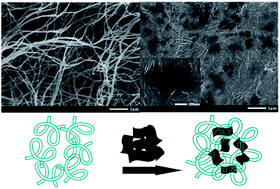Anti-bacterial performances and biocompatibility of bacterial cellulose/graphene oxide composites
Abstract
In the present work, a novel composite material formed by bacterial cellulose (BC) networks and graphene oxide (GO) nanosheets was synthesized by a sonochemical method. The BC and as-prepared BC/GO composites were characterized by several techniques including Scanning Electron Microscopy (SEM), Fourier-transform infrared (FTIR) spectra, ultraviolet-visible (UV-vis) absorption spectra, thermogravimetric analyses (TG) and X-ray diffraction (XRD). SEM images showed that the morphologies of composites became more compact than BC. FTIR, UV, TG and XRD confirmed the existence of GO in the composites. Moreover, HEK 293 cells were cultivated, and both the biocompatibility of the materials and the cell viability were demonstrated. Meanwhile, the anti-bacterial performances of BC/GO composites were evaluated with Escherichia coli (E. coli) and Staphylococcus aureus (S. aureus), which frequently cause medically associated infections. The experimental results showed that the BC/GO composites have excellent anti-bacterial activities, thus confirming its utility as a potential biomaterial in biomedical applications. Furthermore, the anti-bacterial behavior had been well explained by the extended DLVO theory.


 Please wait while we load your content...
Please wait while we load your content...